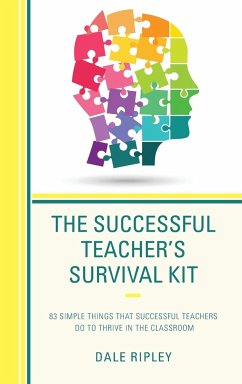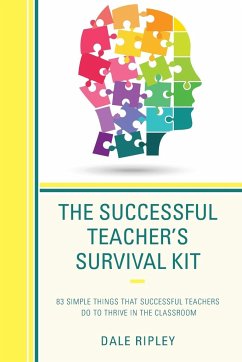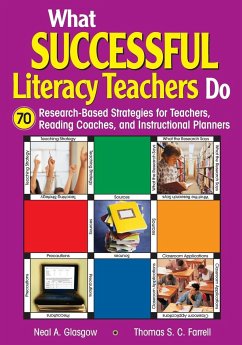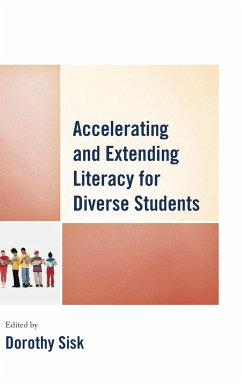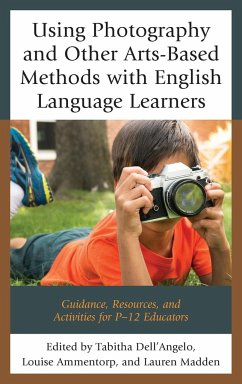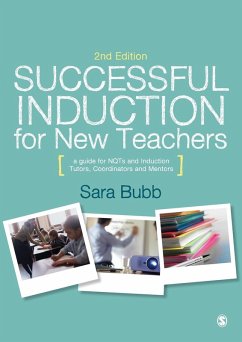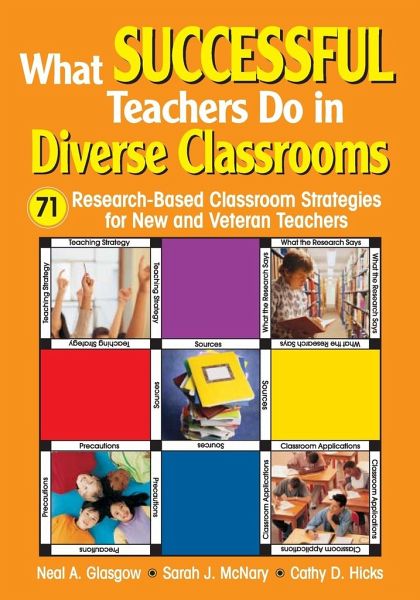
What Successful Teachers Do in Diverse Classrooms
Versandkostenfrei!
Versandfertig in 1-2 Wochen
34,99 €
inkl. MwSt.

PAYBACK Punkte
17 °P sammeln!
Grounded in the best peer-reviewed research, each strategy presents guidelines and appropriate precautions to ensure successful transfer to actual classroom practice.
Bridging the gap between theory and practice, the authors focus on culturally responsive teaching and diverse learners, including students who are economically disadvantaged, from sexual minorities, English language learners, with special needs, and more. Using a convenient format that teachers, trainers, and administrators find appealing, the authors have surveyed and selected the best published data and research on diversity and multicultural education and synthesized it for classroom application and teaching.
Each of the research-based strategies in the book includes:
A concise description of the recommended strategy
A brief synthesis of the research that supports use of the strategy
Guidelines for applying the strategy in the classroom
Precautions about avoiding pitfalls that may occur during implementation of the strategy
Source citations for further research and follow-up
This book will be an ideal companiontitle for teachers already using the authors' book on research-based strategies for working with special learners in inclusive classrooms.
Each of the research-based strategies in the book includes:
A concise description of the recommended strategy
A brief synthesis of the research that supports use of the strategy
Guidelines for applying the strategy in the classroom
Precautions about avoiding pitfalls that may occur during implementation of the strategy
Source citations for further research and follow-up
This book will be an ideal companiontitle for teachers already using the authors' book on research-based strategies for working with special learners in inclusive classrooms.





